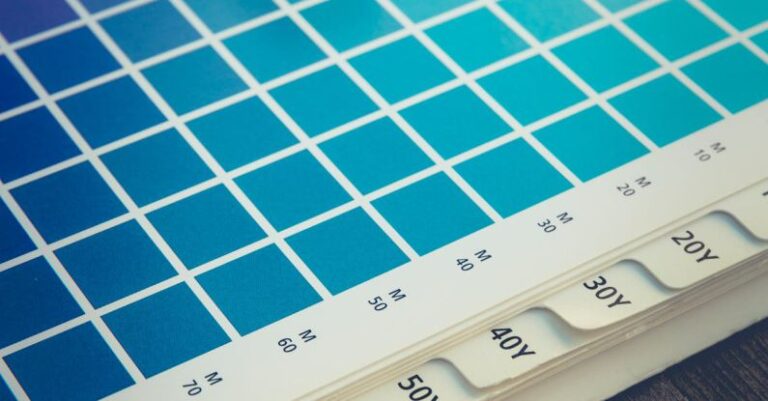How Does the Choice of Paper Affect the Print Outcome?
When it comes to printing, the choice of paper plays a significant role in determining the final outcome. Whether you are printing a business card, a flyer, or a brochure, the type of paper you select can impact the overall look and feel of the printed material. Understanding how different types of paper can affect the print outcome is essential for achieving the desired results. In this article, we will explore the various ways in which the choice of paper can influence the printing process and the final product.
**Paper Weight and Thickness**
The weight and thickness of the paper you choose can have a significant impact on the print outcome. Paper weight is typically measured in grams per square meter (gsm) and refers to the density of the paper. Heavier paper weights, such as 300 gsm or higher, are often used for premium printing projects like business cards or invitations, as they convey a sense of quality and durability. On the other hand, lighter paper weights, such as 80 gsm, are commonly used for everyday printing needs like flyers or handouts.
Thicker paper tends to feel more substantial and can enhance the overall perceived value of the printed material. It also provides better durability, making it less prone to tearing or damage. When choosing the paper weight and thickness for your printing project, consider the type of content and the intended use of the final product to ensure that it aligns with your objectives.
**Paper Finish and Texture**
The finish and texture of the paper can also impact the print outcome in significant ways. Paper finishes range from glossy to matte, each offering a unique look and feel. Glossy finishes provide a shiny surface that reflects light, making colors appear more vibrant and text more readable. Matte finishes, on the other hand, offer a more subtle and sophisticated look, reducing glare and fingerprints.
In addition to the finish, the texture of the paper can add depth and character to the printed material. Textured papers, such as linen or vellum, create a tactile experience that can make your design stand out. Smooth papers, like satin or silk, offer a sleek and modern appearance that works well for professional settings. Consider the aesthetic you want to achieve and the readability of the content when selecting the paper finish and texture for your printing project.
**Color Reproduction and Ink Absorption**
The choice of paper can also impact the color reproduction and ink absorption of the printed material. Different types of paper may interact with ink differently, affecting how colors appear on the page. Matte papers, for example, tend to absorb more ink, resulting in a slightly muted color palette. Glossy papers, on the other hand, allow ink to sit on the surface, creating vibrant and saturated colors.
When selecting paper for color printing, consider how the paper will affect the vibrancy and accuracy of the colors in your design. Test printing on a sample of the paper to ensure that the colors appear as intended and adjust your design if necessary. Additionally, be mindful of how the paper texture and finish may impact the overall look of the printed colors, as subtle variations can make a significant difference in the final outcome.
**Environmental Considerations**
In recent years, there has been a growing focus on sustainability and environmental responsibility in the printing industry. The choice of paper can have environmental implications, as certain types of paper may be more eco-friendly than others. Recycled papers, for example, are made from post-consumer waste and help reduce the demand for virgin materials. Additionally, papers certified by organizations like the Forest Stewardship Council (FSC) ensure that the paper comes from responsibly managed forests.
When selecting paper for your printing project, consider the environmental impact of your choice and opt for sustainable options whenever possible. Not only does using eco-friendly paper help reduce your carbon footprint, but it also sends a positive message to your audience about your commitment to sustainability.
**In Summary**
The choice of paper plays a crucial role in determining the print outcome of your project. From paper weight and thickness to finish and texture, each aspect of the paper can influence the overall look and feel of the printed material. Consider factors like color reproduction, ink absorption, and environmental considerations when selecting paper for your printing project to ensure that the final outcome aligns with your objectives. By making informed choices about the type of paper you use, you can enhance the quality and impact of your printed materials.






